6 career defining records of Jeremy Stacey
Zero 7 drummer picks his finest
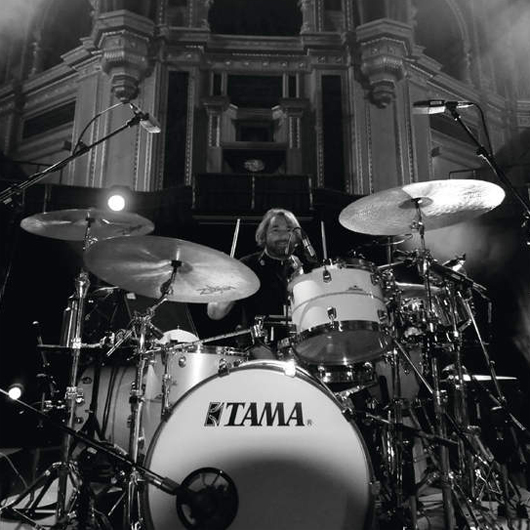
Jeremy Stacey
“I’m never happy with anything I’ve done,” says Jeremy Stacey, whose career as a drummer and producer has spanned decades and a spectrum of styles.
Here, he tells Rhythm Magazine about the six long-plays he was ‘happiest’ with, which most-defined his career along the way.
Next page: swing, jazz and “some ropey playing”

Enter The Fire (1998)
British saxophonist Tim Garland came to the jazz world’s attention working with Chick Corea. Enter The Fire was his solo debut, recorded over two separate sessions in 1992 and 1994.
Jeremy Stacey says:
“It’s hard for me to listen to some of the records I did a long time ago. It was very hard music and we didn’t get much time. I think we were sent a demo a couple of days before and I remember going, ‘I can’t make head nor tail of this, I’ll just have to wait until we get there and play together.’”
“There’s some ropey playing from me, but it was a group of friends: Jason Robello, Mick Hutton on double bass, Gerard Presencer and Tim Garland - all great players. My swing playing changed in that period.”
“I was into Tony Williams then and later I got more into Elvin Jones. They couldn’t be more different as swing players and I love them both, but when I got into Elvin it changed my playing massively.”

Simple Things (2001)
Henry Binns and Sam Hardaker graduated from engineers to producers when they remixed Radiohead’s Climbing Up The Walls. Simple Things was their full-length debut and went gold in Britain.
Jeremy Stacey says:
“Henry and Sam, the two guys from Zero 7, used to work at RAK Studios as assistants and engineers. I used to do a lot of sessions there in the early ’90s, so I knew them. When they decided to do a project, they called me to come and play some drums just for an afternoon.”
“It was a very creative, enjoyable session - they told me what they wanted, but they left me to do my thing. We didn’t know it was going to turn into something huge.”
“I’ve been using my Tama Bubinga a lot over the past year and it’s been great. Before that I used this one ’60s Ludwig kit, like a Ringo kit. I bought the toms separately then I found a bass drum that was falling apart in Los Angeles for 25 bucks.”
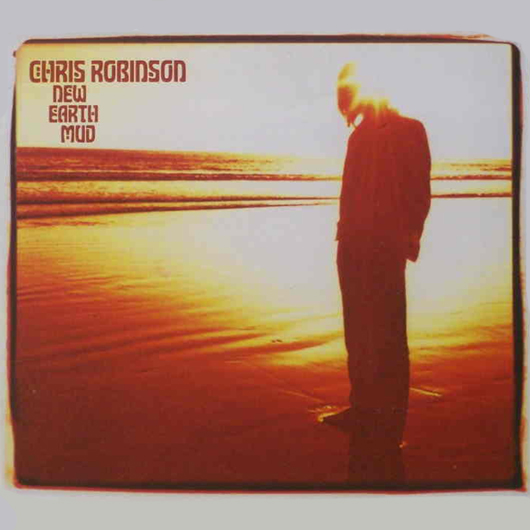
New Earth Mud (2002)
New Earth Mud was the debut solo album from the Black Crowes frontman, Chris Robinson. The record moved away from the Crowes’ classic blues rock and into improvisation territory.
Jeremy Stacey says:
“Apart from being an amazing singer, Chris is a musicologist. He wanted that band to be like The Grateful Dead. I found it hard to start with. It was a completely different approach because it’s improvised rock, but I really got into it. When you get into a project, you absorb it like a method actor.”
“I listened to a lot of music I hadn’t heard before and played in a very different way. My brother, Paul Stacey, was the guitarist in that band and he was going, ‘Great, we’re going to play with the singer from the Black Crowes. We’re going to rock!’”
“And Chris was like, ‘No, I don’t want you to rock. Jerry Garcia is like a jazz player - that’s where we’re going with this.’ It’s great to get taken off somewhere else.”
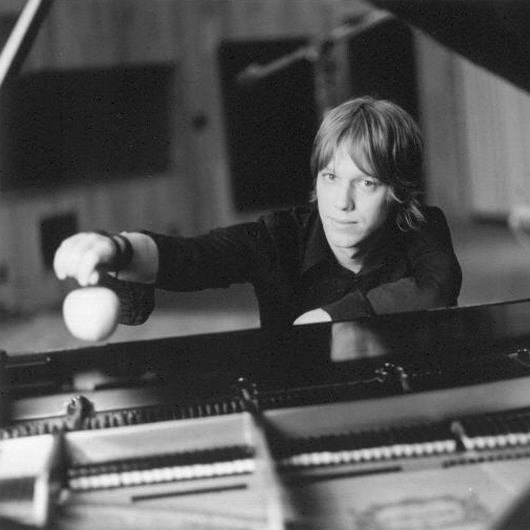
Bliss Descending (2004)
Since leaving the band Jellyfish, Jason Falkner has divided his time between solo projects and playing on albums by such luminaries as Beck, Paul McCartney, Gnarls Barkley and Aimee Mann.
Jeremy Stacey says:
“Jason’s an old friend. I met him through Jack Joseph Puig, an LA producer-mixer who was a big influence on me when I was younger. He’s a collector of vintage recording gear and an amazing engineer. He influenced me to really think about sound.”
“Now everybody’s got old gear or new versions of old gear, but back then we’d just got through the ’80s and I was going into studios and saying, ‘I just can’t get a good sound.’ Then I’d go to the same studio with him and get the most incredible sound with the same kit.”
“I asked, ‘What’s going on? I’ve got to learn about this because it’s the difference between sounding good and not sounding good as a player.’ That’s why I ended up with my own studio.”
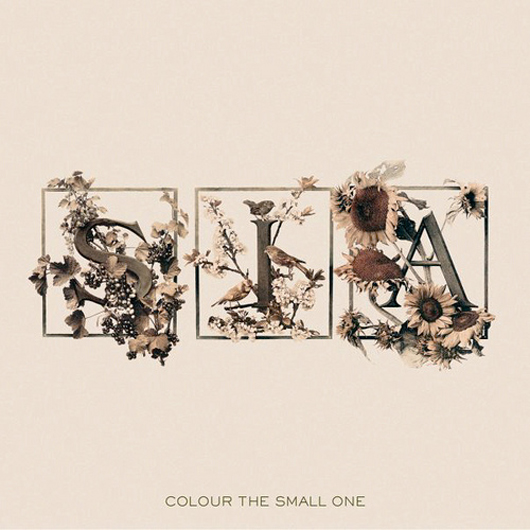
Colour The Small One (2004)
Sia got her break working with dance acts such as Zero 7 and Massive Attack. Her second solo release, Colour The Small One, moved her style from electronica to pure pop songs.
Jeremy Stacey says:
“I wasn’t supposed to be doing that record. Sia had this producer, Jimmy Hogarth, and they had an Australian drummer doing it, but for whatever reason it didn’t work out.“
“She was managed by IE Management, which is Robbie Williams’s management. I’d just done Escapology, so they put my name forward. It was great. We went to a place called Heliocentric in Rye and camped out there for a couple of weeks in a little hotel.“
“We played live as a band and did 10 tracks over a two-week period. It was a very relaxed session. I like Pro-Tools, but it’s always better if you can get a great band to play together. There’s something special about that – the push and pull between the players.”
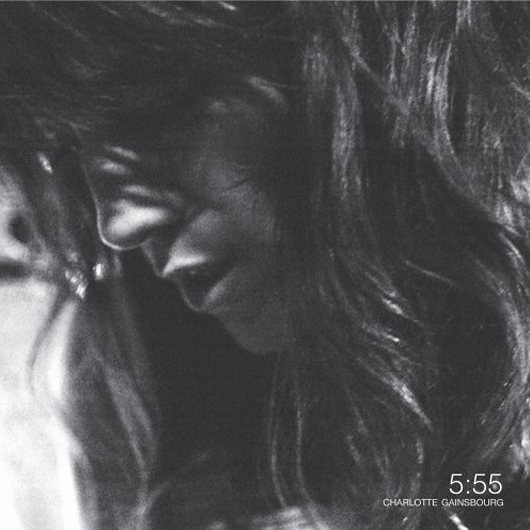
5:55 (2006)
The daughter of famed French singer Serge Gainsbourg, celebrated actress Charlotte released her first album at the age of 13, then waited 20 years before returning to the recording studio.
Jeremy Stacey says:
“This album was produced by Nigel Godrich, Radiohead’s producer, and recorded in Paris. I went over there a couple of times a month and stayed for a few days. Air were brought in to write the music. They were very relaxed sessions.”
“I had the snare that I’ve used on so many records. It looks like a Rogers Dynasonic, but the shell is an Eddie Ryan - very fat sounding drums. It got to the point where I was using this snare on so many different records that I started trying to use other ones, but people would say, ‘Have you got a fatter, lower snare?’“
“Nigel made a comment to me, ‘If you ever do another session for me, don’t bring any other drums. This is the kit for every session.’”









